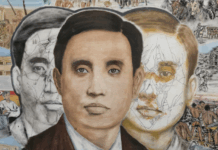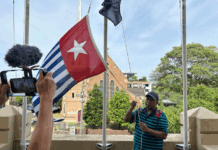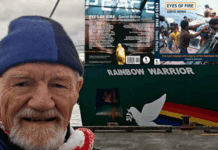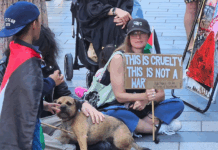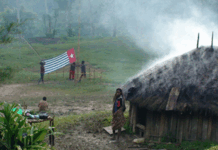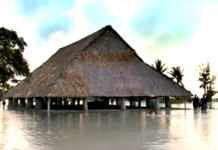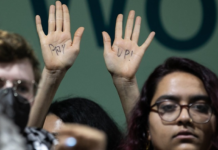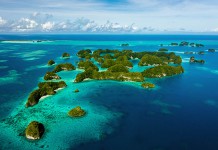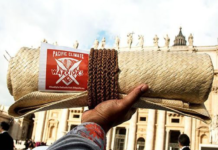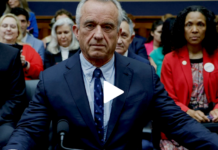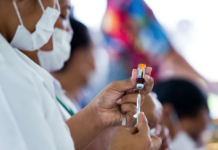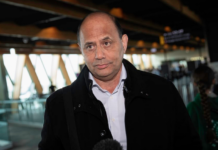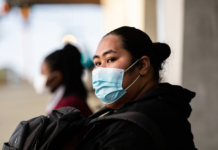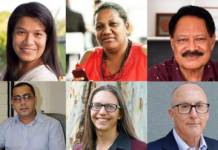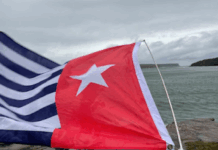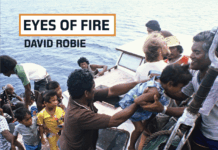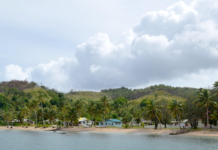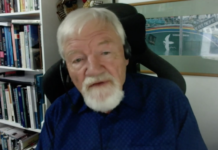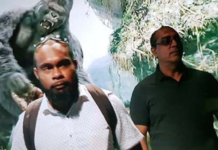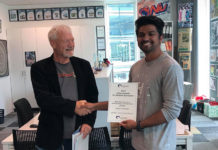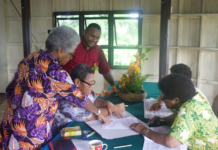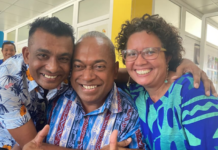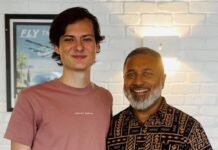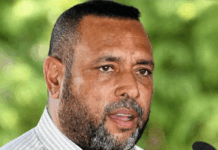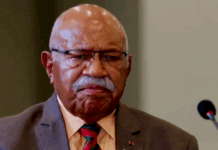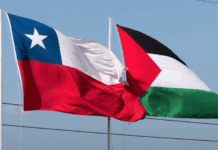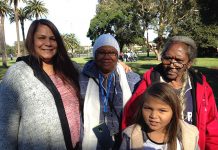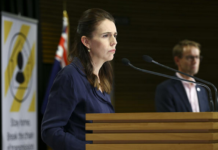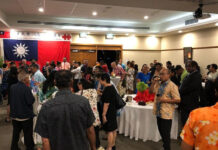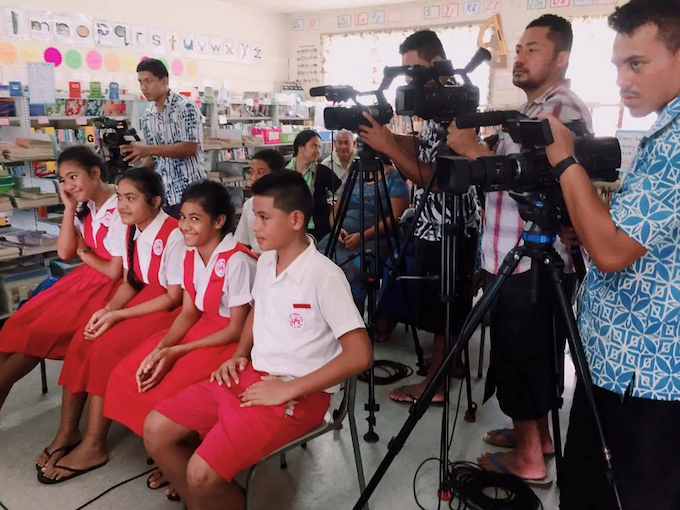
Talamua Online News
Samoa has dropped in its media and information freedom world ranking from 22 in 2024 to 44 in 2025 in the latest World Press Freedom Index compiled annually by the Paris-based Reporters Without Borders (RSF).
For the Pacific region, New Zealand is ranked highest at 16, Australia at 29, Fiji at 40, Samoa ranked 44 and Tonga at 46.
And for some comfort, the United States is ranked 57 in media freedom.
- READ MORE: Indonesian postcard image ‘dangerous’ but Fiji a rising star in RSF press freedom index
- Fiji media welcomes credible news services, but not ‘pop-up propagandists’, says Simpson
- PINA on World Press Freedom Day – facing new and complex AI challenges
- Rabuka salutes Fiji media but warns against taking freedom for granted
- NZ fares well in latest RSF press freedom index as authoritarian regimes stifle Asia-Pacific media
- RSF 2025 World Press Freedom rankings
- RSF World Press Freedom Index 2025: economic fragility a leading threat to press freedom
The 2025 World Press Freedom Index released in conjunction with the annual Media Freedom Day on May 3, says despite the vitality of some of its media groups, Samoa’s reputation as a regional model of press freedom has suffered in recent years due to “authoritarian pressure” from the previous prime minister and a political party that held power for four decades until 2021.
Media landscape
The report lists independent media outlets such as the Samoa Observer, “an independent daily founded in 1978, that has symbolised the fight for press freedom.”
It also lists state-owned Savali newspaper “that focuses on providing positive coverage of the government’s activities.”
TV1, is the product of the privatisation of the state-owned Samoa Broadcasting Corporation. The Talamua group operates Samoa FM and other media outlets, while the national radio station 2AP calls itself “the Voice of the Nation.”
Political context
Although Samoa is a parliamentary democracy with free elections, the Human Rights Protection Party (HRPP) held power for four decades until it was narrowly defeated in the April 2021 general election by Samoa United in Faith (Faʻatuatua i le Atua Samoa ua Tasi, or FAST).
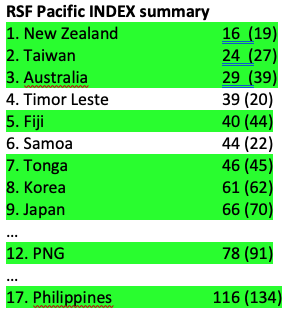
The report says part of the reason for the HRPP’s defeat was its plan to overhaul Samoa’s constitutional and customary law framework, which would have threatened freedom of the press.
Championing media freedom
The Journalists Association of (Western) Samoa (JAWS) is the national media association and is press freedom’s leading champion. JAWS spearheaded a media journalism studies programme based at the National University of Samoa in the effort to train journalists and promote media freedom but the course is not producing the quality journalism students needed as its focus, time and resources have been given the course.
Meanwhile, the media standards continue to slide and there is fear that the standards will drop further in the face of rapid technological changes and misinformation via social media.
A new deal for journalism
The 2025 World Press Freedom Index by RSF revealed the dire state of the news economy and how it severely threatens newsrooms’ editorial independence and media pluralism.
In light of this alarming situation, RSF has called on public authorities, private actors and regional institutions to commit to a “New Deal for Journalism” by following 11 key recommendations.
Strengthen media literacy and journalism training
Part of this deal is “supporting reliable information means that everyone should be trained from an early age to recognise trustworthy information and be involved in media education initiatives. University and higher education programmes in journalism must also be supported, on the condition that they are independent.”
Finland (5th) is recognised worldwide for its media education, with media literacy programmes starting in primary school, contributing to greater resilience against disinformation.
Republished from Talamua Online News.


